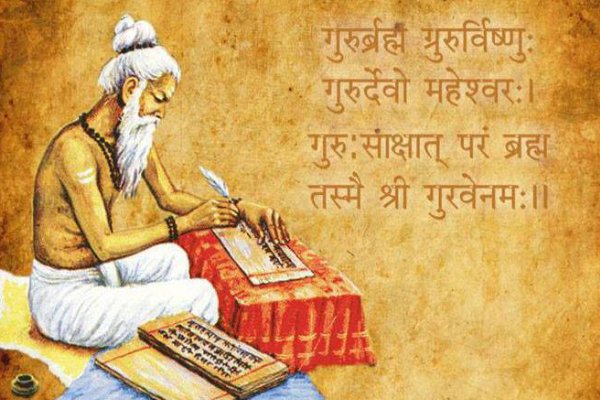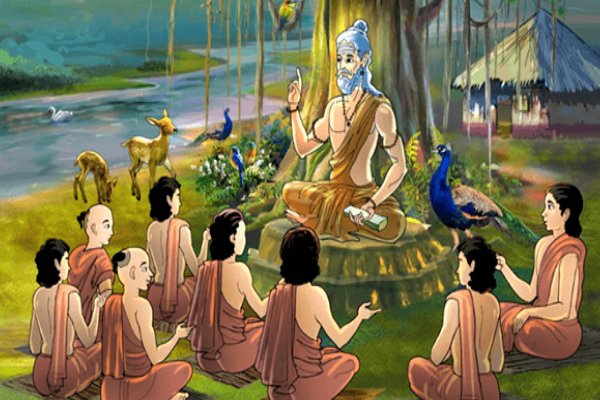In a world driven by speed, grades, and competition, more parents and seekers are exploring alternative paths to education. One such timeless system is the Gurukulam—an ancient Indian model of learning that focuses not just on academics, but on the development of the whole human being.
But what truly sets Gurukulam education apart from modern schooling?
Let’s explore the key differences between these two systems, and why more people are revisiting the profound value of traditional education in India.
🎯 1. Purpose of Education: Self-Realization vs. Career Preparation
Modern schooling is largely designed to prepare students for exams, jobs, and societal success. While practical, it often leaves out the spiritual and emotional dimensions of life.
In contrast, Gurukulam education is rooted in the pursuit of Atma Vidya (self-knowledge). Students learn not only subjects like the Vedas, Sanskrit, and philosophy, but also how to live with integrity, humility, and dharma.
📚 2. Personalized Teaching: Guru-Shishya Parampara
One of the most unique aspects of a Gurukulam is the Guru-Shishya relationship. Every student receives personal guidance and correction from their Acharya (teacher), who understands each student’s nature and progress deeply.
In modern schools, the classroom sizes and standardized curriculums often limit such personalized mentorship.
🌿 3. Environment: Natural, Minimalistic, and Spiritually Charged
Most Gurukulams are set in serene, natural surroundings—often near rivers, forests, or temples. The simplicity and calm of the environment are intentionally designed to foster inner clarity.
Modern schools, especially in urban areas, can be overstimulating and disconnected from nature, leading to stress and distraction in children.
🧘♂️ 4. Curriculum: Holistic vs. Fragmented
Gurukulam learning includes a wide range of subjects like:
- Vedas and Upanishads
- Sanskrit language and grammar
- Yoga, meditation, and pranayama
- Rituals, ethics, and dharmic living
Modern curricula, while diverse, often focus more on academic performance, leaving out ethical, emotional, and spiritual training.
🕉️ 5. Values and Discipline: Dharma Over Rules
Discipline in a Gurukulam is not enforced through fear or punishment but arises from an internalized understanding of dharma (righteousness). Students learn to take responsibility for their actions from a young age.
In modern systems, discipline often takes the form of imposed rules and external controls that may not nurture inner maturity.
🤝 6. Lifestyle: Living with the Teacher
In a traditional Gurukulam, students live with the teacher in a shared environment. They participate in daily chores, rituals, and community life. This creates a strong foundation of humility, service, and respect.
Modern schooling separates academic life from home life, often missing this integrated way of living and learning.
💫 7. Outcome: Wisdom, Not Just Information
The ultimate aim of a Gurukulam is to create not just knowledgeable students, but wise, grounded, and spiritually awakened individuals who live with purpose and compassion.
Modern schooling creates specialists, but Gurukulam education shapes complete human beings.
🌟 The Gurukulam Revival in Today’s World
As the modern world faces a crisis of values and identity, many are turning back to the ancient wisdom of Bharat. Gurukulams are not relics of the past—they are beacons for the future. They remind us that true education is not about competition, but connection.
🔗 Ready to Learn More?
Explore how our Gurukulam in Kashi is preserving this sacred tradition:
- → A Day in the Life of Our Students
- → Admission Details
- → Support Our Mission
- → Visit or Connect with Us





